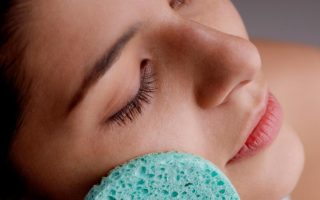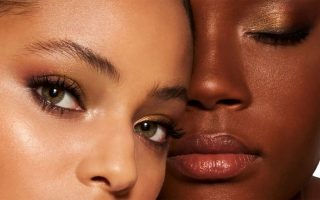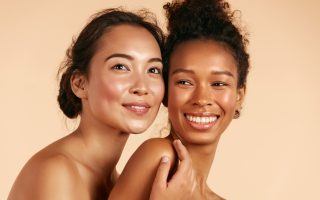We have heard countless times about retinol. This is vitamin A in the form of a cosmetic active ingredient, but it is not the only active ingredient derived from vitamin A, rather it is part of a family called retinoids. This family should be explained a little since sometimes everything is called retinol and we fall into error. Not all retinoids are the same or have the same effects on the skin.
Retinoids came into use about 40 years ago for the treatment of acne and photoaging. Patients who used it found that, in addition to reducing pimples, vitamin A improved the condition of their skin, leaving it younger and smoother.
All retinoids have in common that they are derivatives of vitamin A, although they are divided into groups based on the number of conversions they have to make to end up in the form of retinoic acid, which is what is naturally present in our skin and, therefore, the one that it recognizes as its own and is capable of absorbing and using. When absorbed through the skin, a conversion from one ingredient to another occurs: Retinol (Retinyl Palmitate) becomes Retinol (Vitamin A), which in turn becomes Retinal (Retinaldehyde) and finally becomes Acid. Retinoic. The effectiveness of these ingredients depends on the number of times one ingredient has to be converted to another to get to retinoic acid.
Retinoic acid (also trans-retinoic or tretinoin) is the most effective ingredient of all but it has some problems due to its side effects and its instability, which causes it to have oxidation problems with light and the environment. It should not be used without a prescription and can cause erythema or reddening of the skin in cases of certain skin sensitivity. It could also give rise to the appearance of couperosis or telangiectasia.
Incompatible with the sun, it would cause redness, pain and inflammation. It should not be used together with other products such as exfoliants, acids, microdermabrasion… Due to these contraindications, the next step that cosmetic laboratories followed was to obtain an active ingredient with the same anti-ageing efficacy but without its irritating effects. The result was the popular retinol.
And so we come to the great protagonist, retinol. It is a powerful active molecule derived from vitamin A. It is less irritating than the purest form (retinoic acid) and yet it is one of the most active tools in the fight against ageing. It has become one of the most used and claimed assets in cosmetics.
Benefits of retinol
It is a fairly small and fat-soluble molecule, so it does not have great difficulties crossing the skin barrier. Its results are very evident:
- Helps promote collagen synthesis
- It improves skin texture
- Increases skin hydration
- It is the best active ingredient to reverse photoaging
- close the pore
- Regulates fat production
- Promotes cell renewal
- It has an antioxidant effect because it prevents the decrease of the SOD enzyme during oxidative stress
- Prevents hyperkeratinization
- Improve fine and deep wrinkles
Many products on the market claim to use retinol as an active ingredient, but you have to see what derivative they use, what form it is in, what degree of concentration it has, etc. Its effectiveness and action will depend on these parameters, as well as the degree of irritation it causes. A high concentration of retinol has the same effects as a low concentration of retinoic acid.
It should be used progressively and gradually increase its application. It is photosensitive, so it is easy to find it in night creams, although with a good sunscreen, there will be no problem in a day cream.



